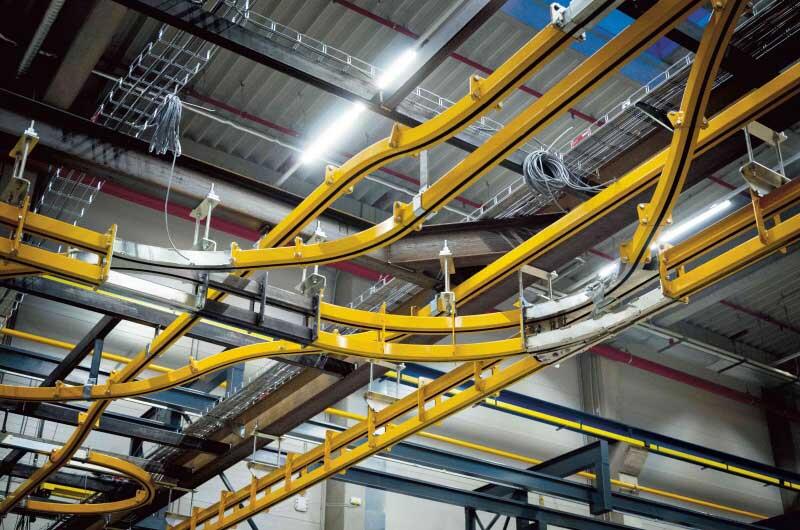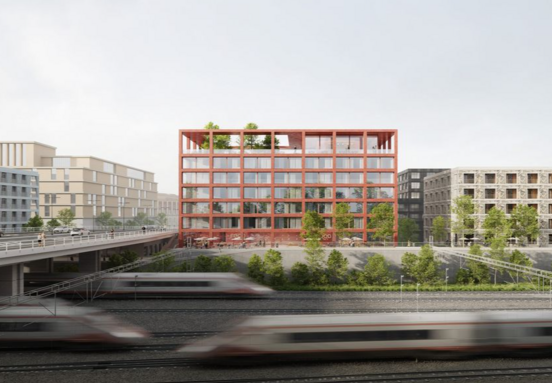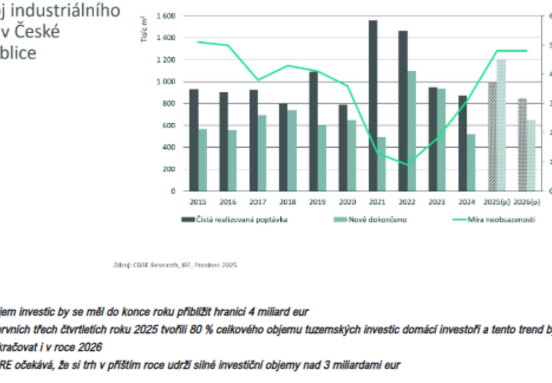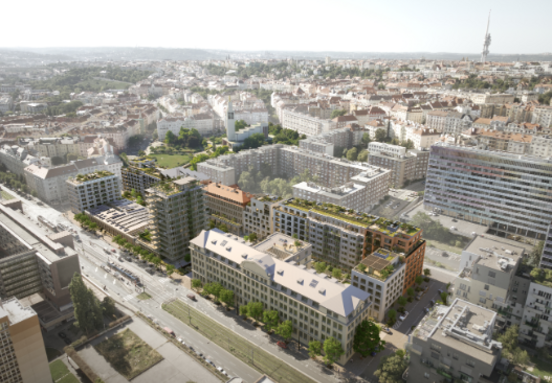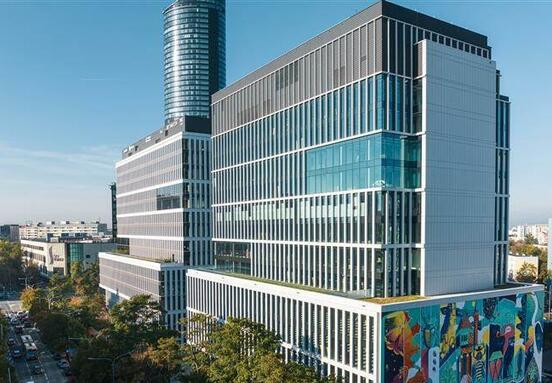WARSAW, September 4, 2014 — Large volumes of incoming new supply make for tenant favorable conditions across Central and Eastern Europe’s main industrial city markets.
As at 2014 H1, circa 2.48 million square meters of new construction was underway. Approximately 86 percent of this development is occurring in Moscow according to recent research released by Colliers International.
Colliers International has recently analyzed industrial market metrics for the first half of 2014 for select city industrial markets within Central and Eastern Europe including Belgrade, Bratislava, Bucharest, Budapest, Kyiv, Moscow, Prague, Sofia, Warsaw, Zagreb, Tallinn, Riga and Vilnius.
Damian Harrington, Colliers International, Regional Director of Research for Eastern Europe, said: “In 2013 occupier demand for logistics and distribution space was elevated with most markets topping previous annual occupier take-up levels.”
While 2014 did not start off as strongly with transactional activity slightly down on the same time last year, by the second quarter conditions improved and transactional activity lifted with approximately 1.29 million square meters of industrial floor space known to be either leased or sold during the first half of the year.
In the first half of 2014, Warsaw experienced its highest gross take-up of space over a six-monthly period since 2012 and in Q2, Budapest leased or sold around 80 percent of last year’s volume. Prague also had a solid start and is trending slightly above the same time last year.
According to the report, as at 2014 H1, circa 2.48 million square meters of new construction was underway. Approximately 86 percent of this development is occurring in Moscow, followed by 7 percent in the Baltics, 2 percent in Prague and in Kyiv, and 3 percent across Warsaw, Bratislava and Sofia.
886,120 sqm of new industrial space has been delivered to the market during the first half of 2014, 50 percent more than the same time last year.
Occupier demand is strengthening, particularly for built-to-suit and expansion space in the centralized logistic hubs of the Czech Republic, Poland and most recently Hungary. Increasing requirements from e-commerce users, specialized transport & logistics operators such as multi/intermodal and the automotive manufacturing sector has begun to translate into transactional activity in many of these markets. We anticipate further structural changes and growth in this sector within the CEE region.
The report found that the regional vacancy rate is 7.4 percent, marginally down from 7.6 percent in 2013. Despite the volume of new supply coming through and currently underway, localized growth in many of the markets has appeared to offset any major impacts to the regional vacancy rate in H1 2014.
Speculative construction remains conservative with new development generally underpinned by occupiers who can pre-commit to lease or buy. The report found that 10 of the 13 city markets analyzed reported a stable or declining vacancy rate in H1 2014.
With the exception of Riga and Vilnius, all other markets saw prime warehouse rents level-out or decline marginally since H1 2013. A similar trend was found to exist for larger logistics & distribution space. Bratislava, Tallinn and Vilnius had rental growth while in other markets rents stabilized or began to soften.
Occupier demand is strong and with large volumes of incoming new supply across the market there are an increasing number of options for tenants and owners. Conditions are tenant-favorable and reduced pricing in some of the markets allow for excess supply to be absorbed quickly as indicated in the increased take-up level during Q2.
Colliers International is a global leader in commercial real estate services, with over 15,800 professionals operating out of more than 485 offices in 63 countries.
Colliers International has been active in the Czech market since 1994.
Source: praguepost.com
